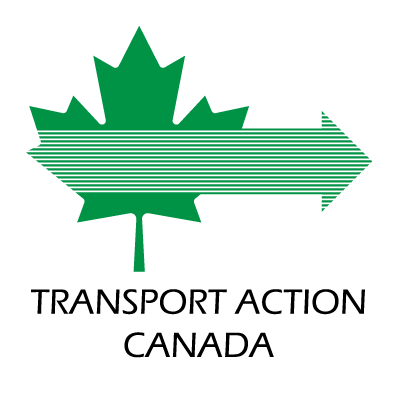The freight operators can't be bothered. See CN and how they took VIA for a half billion dollar ride on the Kingston Subdivision:
You know, I just can't help dwelling on what an absurd exercise that was . The original VIA proposal made a great deal of sense. Had the entire 160 km of third track been constructed, a great deal of interference from freight operations would have been removed... and the considerable historical investment in grade separations along that line to make it passenger friendly would not have been wasted. The improvement VIA sought might have delivered much of what HFR will deliver, at a lower cost.
I'm sure the exercise began with VIA saying to CN, "OK, how much money would we have to spend to achieve the trip times and frequencies that we are proposing (as the A-G charts lay out)?" And I'm suspicious that CN's response ("160 km, at a price of x") was actually a highball number, with CN execs believing they had priced the idea out of any real chance of getting approval (from the anti-VIA Conservative government of the day, after all).
Enter the 2008 recession, and the Harper government actually looking for infrastructure work that could be launched quickly as stimulus projects.
Happily for CN, VIA clearly didn't have enough expertise to negotiate a commercial agreement, or manage such a large capital project.... the deal clearly didn't pass any risk over to CN. So CN and its contractor could run amok and it didn't matter. Even Ottawa didn't care, they were just flowing money into the economy, not actually building anything. If it didn't work, they could blame VIA.
I have always felt that VIA ended up holding the bag (and taking the A-G's fire) for something where the blame belonged elsewhere. (Except perhaps that VIA needed the courage to halt work sooner and demand redress when it became obvious that the work was being bobbled).
I still wonder why Ottawa doesn't refine its capital price on HFR and then say to CN, "If we pay lump sum, will you deliver the same system in an enforceable manner, and you can keep any money you don't have to spend?". For that matter, as a CN shareholder, I wonder why CN isn't pitching something similar - "We can deliver that service pattern on our tracks for a billion less than what you will spend on HFR". The answer seems to be, "we tried that once, and CN screwed us over... not gonna do it again". Can't blame Ottawa/VIA for thinking like that. As for CN, they really, really seem to want VIA off their tracks.
- Paul







